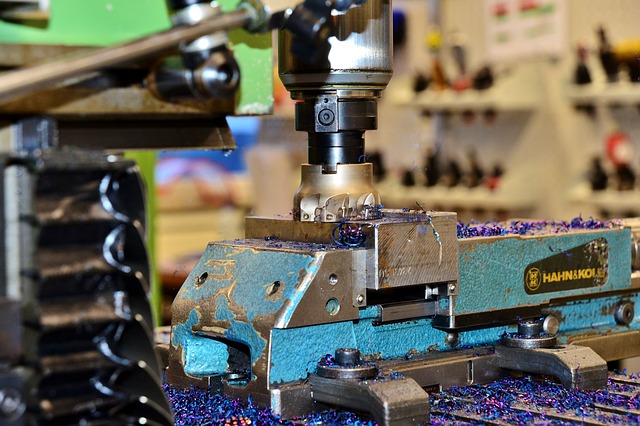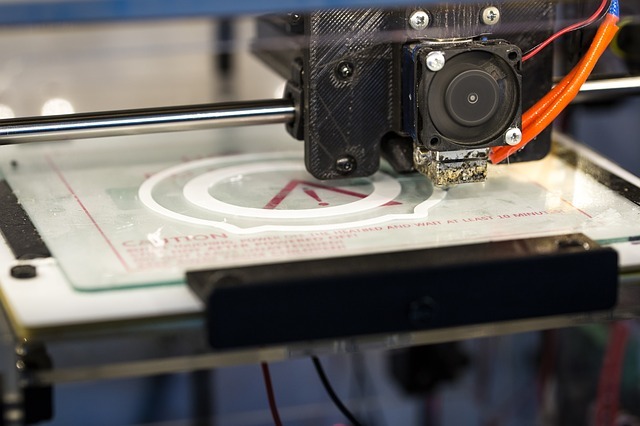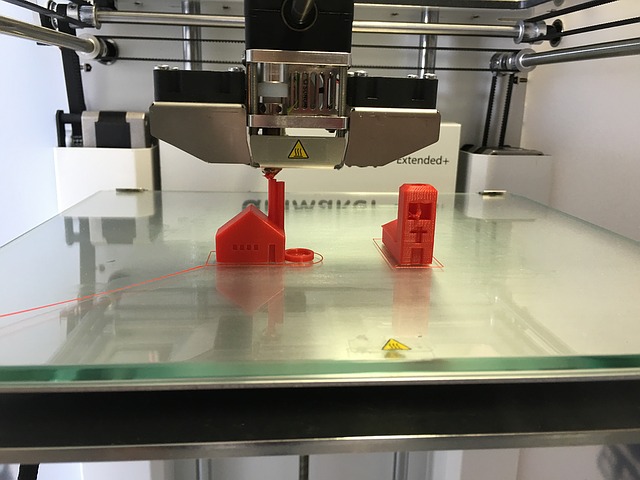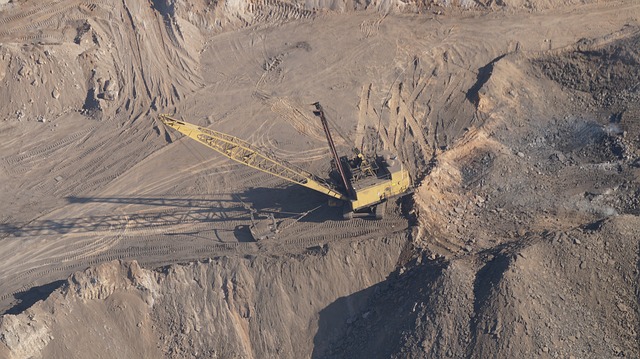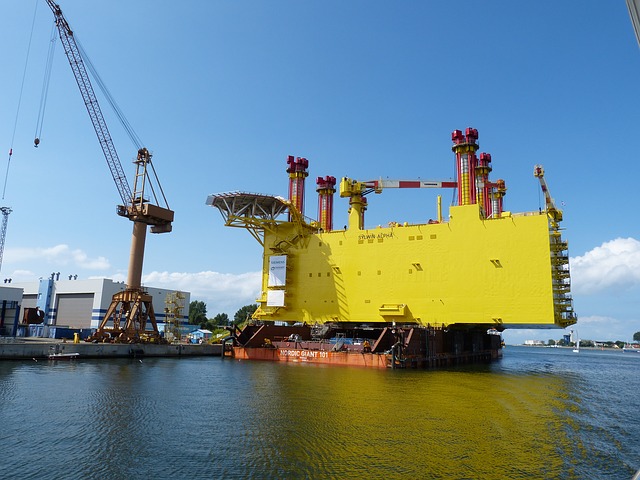There’s a new wave of 3D printing machines today that is bringing transformative changes to the bioprinting scene. It is not very long ago when the very idea of printing a human body sounded like straight from a science fiction novel. Today, this is a new reality that we have to embrace. The question here is, are you ready for it?
The concept of 3D printing of human body parts is now slowly being introduced to the psyche of the general public and this is being presented in a good, positive light and not solely intended for use in a secluded high-tech research lab. Some remarkable creations have been made for demo purposes only, but they can be made readily available with the help of a standard 3D printing machine.
Below are some parts of the human body that can be reproduced with the help of 3D printing machines today.
Bionic Eye
After years of hard work, a research team from the University of Minnesota, Minneapolis successfully 3D printed a bionic eye. It is a working prototype of a bionic eye. Made from polymers, the equipment comprises a range of semiconductor photodetectors, and made use of a glass hemisphere to 3D print on.
The general impression of many of us regarding bionic eyes is that they are unreal, just a figment of the imagination. But we are closing into making it part of the new reality. The next stage in the process is enhancing the prototype, taking it a step further using a more efficient type of photodetectors. In the UK, there is similar research that made use of stem cells in the bioprinting process of human corneas.
Antibacterial Tooth
There is a group of researchers in Groningen, the Netherlands that came up with innovative work. They successfully developed a 3D printed tooth that exterminates bacteria. The material used for this 3D printed tooth was made from the traditional resin from which artificial tooth was usually made from. However, it is a notch higher than other traditional artificial tooth in the sense that quaternary ammonium ions, that are positively charged, are melded to it. The moment that this material comes in contact with a bacteria’s negatively-charged membranes, the microbe is eventually decimated.
Testing the performance of conventional artificial tooth resins and the tooth polymer type in a saliva solution that contains a high concentration of Streptococcus mutants. This is the exact bacteria that induce tooth decay. The result of the experiment showed that almost 99% of the bacteria in the saliva solution were extinguished in the process whereas the remaining 1% were obliterated on the conventional material artificial tooth.
Bionic Ear
An exciting breakthrough was discovered by a team of dedicated scientists at Princeton University who have successfully 3D printed a so-called “bionic ear”. This one was developed using a small coil antenna and cartilage. Participants of the said research asserted a high claim that the artificial ear is capable of “hearing” radio frequencies far beyond what a normal human is capable of sensing.
With the help of an off-the-shelf 3D printer, this team of scientists merged bovine cells (calf) to a matrix of hydrogel and silver nanoparticles which helped in forming the antenna. Eventually, the said calf cells developed into cartilage. The ear can produce electrical signals and this can be connected to the nerve endings of the subject patient, somewhat having a resemblance to that of a cochlear implant.
The bionic ear, in principle, should be able to help in restoring a human sense of hearing or enhance it further. However, the scientific community admitted that there is still a lot of testing work to be done first before the said technological breakthrough can be practically applied to patients.
